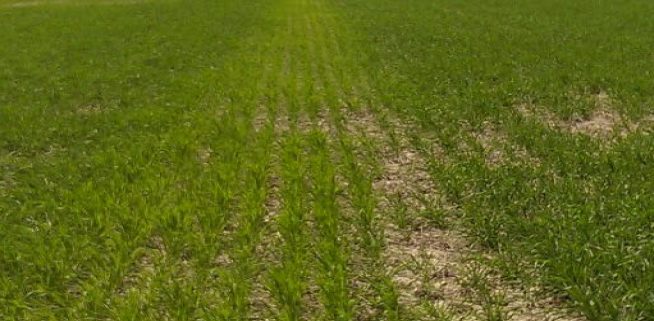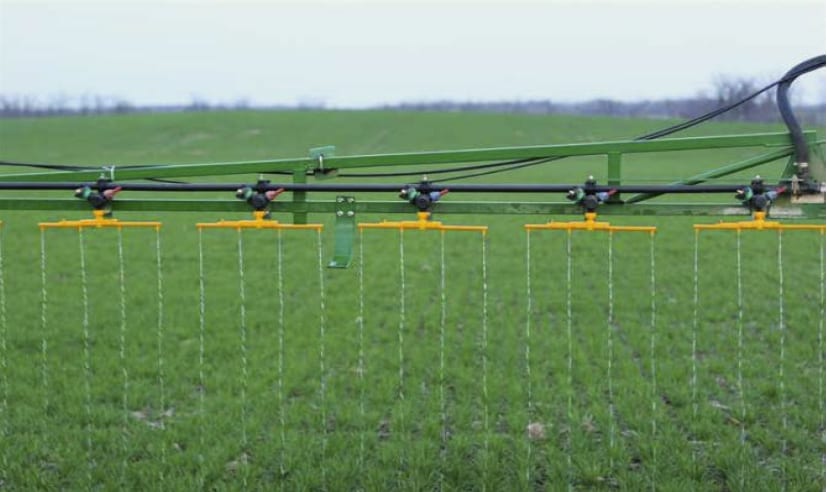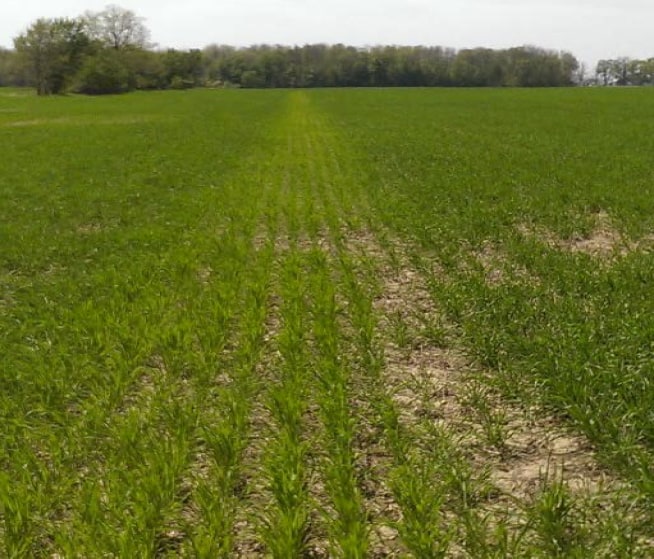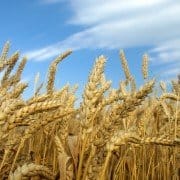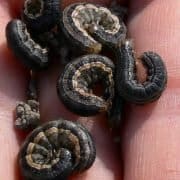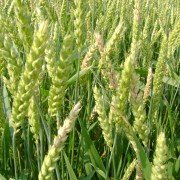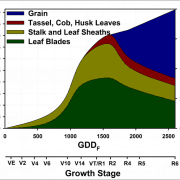Nitrogen on winter wheat
Nitrogen on winter wheat
Cereals are very responsive to nitrogen. However, over-application of nitrogen or applying too early on a thick stand of wheat can cause lodging, resulting in reduced yield, quality, and harvestability. The optimum rate of nitrogen for a particular field will depend on the type of wheat grown, past applications of manure or fertilizer, soil type, and crop rotation. Use general recommendations as a starting point but combine them with observation of crop growth and lodging tendency. The idea is to ensure nitrogen is available early and consistently though the major uptake period (which is node development though booting).
Timing
Time single applications for mid April to early May. This avoids significant N loss from wet soil conditions that might occur earlier, while providing N when the crop demand goes up. Large single applications increase lodging potential so holding till late April is best.
Source: S.A. Ebelhar, University of Illinois.
Rates
Without fungicides, 90 -100 lb/ac N is what should be applied. It is not recommended to grow wheat without applying fungicides, as you will not achieve the highest yield potential that could be available with fungicides.
With fungicides, use 120 to 150 lbs/ac N depending on past field history, organic inputs, soil organic matter, nitrate levels, and economics. Beware of lodging when going with high rates. Try strip trials of different rates in the field to experiment and learn how to keep rates high, while avoiding lodging.
To maximize yield, nitrogen must be applied uniformly across the field. Uniform application is more critical than the form of nitrogen fertilizer applied.
Urea-Ammonium Nitrate Solution (UAN) (28-0-0 or 32-0-0) applied with streamer nozzles gives excellent, uniform nitrogen application and has shown small yield advantages (2.5 bu/acre). UAN applied through streamer nozzles causes little or no leaf burn. Applying 28% nitrogen (UAN) as an overall broadcast treatment (using flood jet or tee-jet nozzles) to emerged cereal crops is NOT recommended. The addition of 28% to a herbicide application, especially contact herbicides, will greatly increase leaf injury and yield loss.
Streamer nozzles applying 28% UAN.
If applying dry fertilizer, utilizing urea can be applied using airflow technology, improving uniformity, although uniformity is not guaranteed.
Spinner spreaders often have the greatest inconsistency in spread pattern. If spinners are employed, consider double spreading the field (i.e., 6-m or 20-ft centres at half the rate, instead of 12-m or 40-ft centres) to overcome this.
Nitrogen deficient strip (poor application).
Sulfur
When sulfur deficiency occurs, crop response occurs best at 10 lbs S/ac. The best general recommendation is to add 10 lbs S/ac as an “insurance” policy and do trials on each farm to find responsive and non-responsive fields. Generally sandy and low organic matter fields are the most responsive. If you have high yield goals and are using high nitrogen rates (100+ N/ac), include sulfur.
Nitrification inhibitors
The jury is still out on whether to buy these “protected” N products, or just spend the extra dollars on more nitrogen. If using an inhibitor utilizing a nitrification inhibitor would probably be best. eNtrench™ is a nitrogen stabilizer that protects your investment by storing nitrogen in the root zone longer to optimize the yield and profit potential of wheat crop. It will slow the conversion of ammonium nitrogen to nitrates. Nitrates are negatively charged and are prone to loss through leaching and denitrification.
Controlled-release nitrogen
ESN has shown no definitive yield advantage in winter wheat, but has provided a boost in protein.
Sources: omafra.gov.on.ca; fieldcropnews.com; cerealcentral.ca

